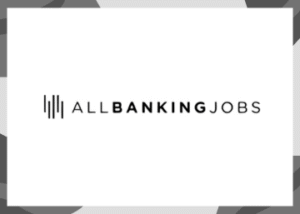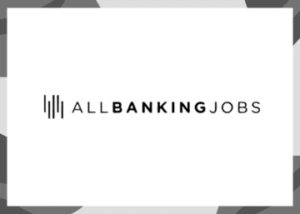The rapid growth of artificial intelligence in the wealth management industry has transformed the way financial advisors operate. What started as a few experimental tools has now exploded into a vast array of platforms flooding the market, with new ones being introduced regularly. This surge in AI-based tools offers financial advisors numerous benefits such as faster client communications, automated reporting, streamlined research, and increased efficiency.
However, alongside the benefits, there are challenges that come with the AI revolution in wealth management that many advisory firms are unprepared for. The ease with which employees can access and experiment with AI tools on company systems poses a significant risk to sensitive information. Even a seemingly innocent exploration of a new tool can result in compliance violations under SEC or FINRA rules, the Health Insurance Portability and Accountability Act, or the General Data Protection Regulation for advisors with clients in the European Union.
The fundamental issue lies in the fact that AI tools, much like curious young children, absorb information without fully grasping boundaries. When employees upload client data, personally identifiable information, or internal financial reports to an AI platform, there is a risk that the tool may store or log that information beyond the firm’s control. Even if providers claim not to use customer input for training, the data could still be cached and exposed in case of a breach, leading to compromised user accounts or unintentional data exposure.
To address these risks, wealth management firms must strengthen their networks by establishing frameworks, policies, and technical safeguards to ensure the security of client information while leveraging the benefits of AI responsibly and innovatively.
Write down the dos and don’ts
Prior to implementing AI tools, firms should clearly define the permissible and prohibited uses of AI. A well-written policy should outline approved tools for business use, activities that are prohibited (such as uploading client PII or financial statements), requirements for supervisor approval before experimenting with new platforms, and the disciplinary consequences for policy violations.
Restrict employee access
Employees should not have the ability to install or create accounts for AI services without IT approval. Implementing tools such as application whitelisting/blacklisting, identity and access management with conditional rules, and network firewalls can help enforce this policy.
Protect sensitive data
Ensuring that sensitive data does not inadvertently enter AI tools is crucial for network security. Firms should implement data loss prevention systems to flag or block risky transfers, enforce encryption on data at rest and in transit, and utilize role-based access controls to restrict access to certain files.
Institute regular audits
Given the fast-paced evolution of AI technology and associated threats, regular audits of data flow, user activity, and system access are essential. Firms should review logs for attempts to access or upload sensitive information, audit the usage of AI services across the organization, and update controls as new risks emerge.
Take actionable first steps
To initiate a proactive approach towards securing AI-powered platforms, firms can follow these practical steps:
- Conduct a risk assessment to identify areas where sensitive information is at risk of exposure.
- Establish quarterly reviews and updates to policies to keep pace with AI advancements.
- Limit account creation by utilizing IT controls to restrict access to approved services.
- Implement data loss prevention and monitoring tools to track data flow.
- Include AI safety training as part of compliance education to raise awareness of risks associated with AI usage.
By implementing these measures, firms can embrace the potential of AI while safeguarding client trust and data integrity.






